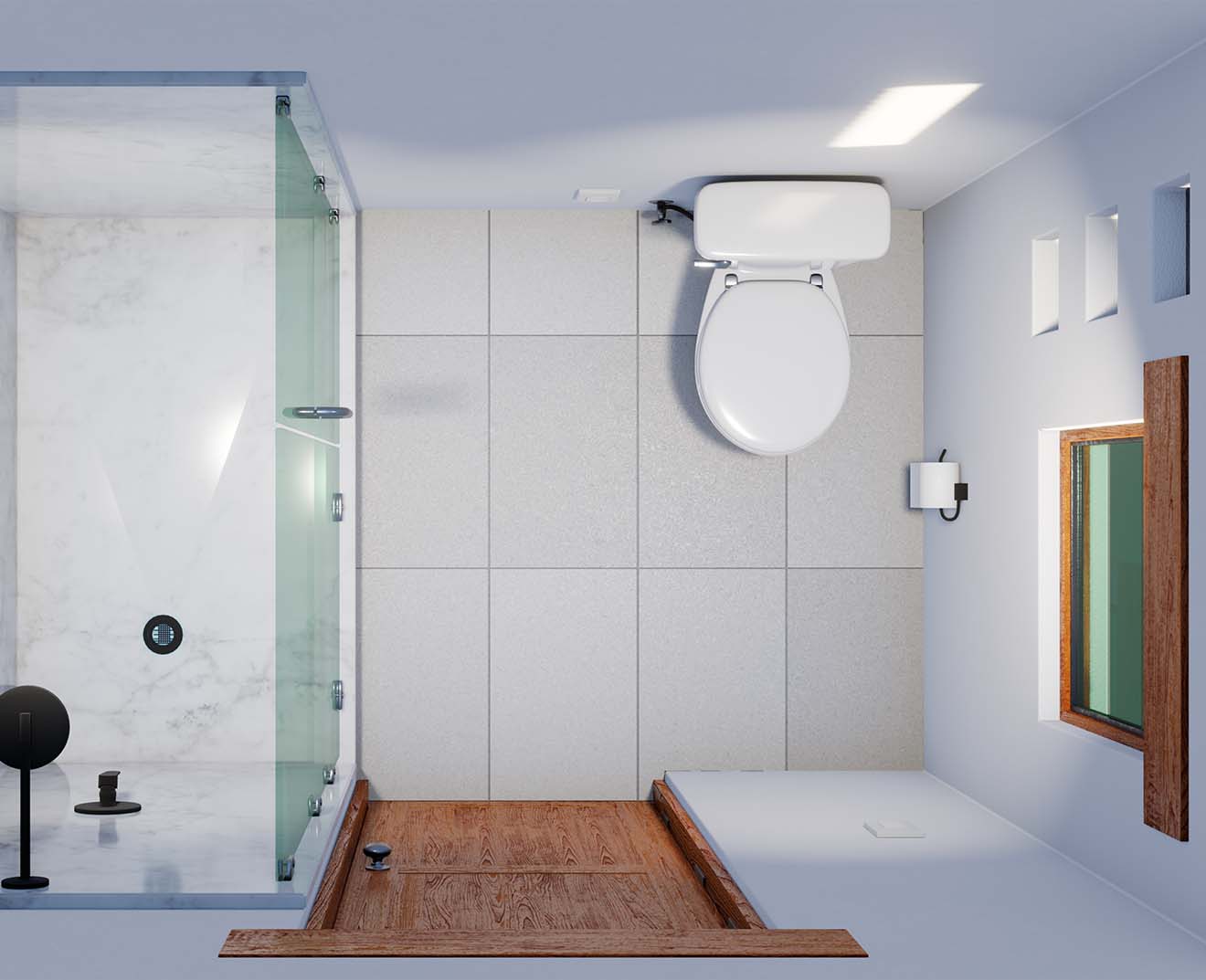Virtual reality (VR) technology has become an essential tool for interior designers and architects. It allows them to create immersive experiences for clients and stakeholders, giving them a better understanding of the design concept. With VR, designers can create realistic 3D models of the space, complete with furniture, lighting, and materials. Clients can walk through the space and experience it as if they were there in person. The technology also allows designers to make changes to the design in real-time, making the design process more efficient.
Creating realistic 3D models:
One of the key benefits of using VR in interior design is the ability to create realistic 3D models of the space. With the use of 3D modeling software, designers can create detailed models of the space, including furniture, lighting, and materials. These models can be viewed in VR, giving clients and stakeholders a realistic understanding of the design concept. This allows them to make informed decisions about the design and make changes in real-time.
Improving collaboration and communication:
VR technology can also improve collaboration and communication between designers, clients, and stakeholders. With VR, designers can share the 3D model with clients and stakeholders, allowing them to walk through the space and experience it as if they were there in person. This can help to reduce misunderstandings and improve the overall design process.
Enhancing the design process:
Another benefit of using VR in interior design is the ability to enhance the design process. With VR, designers can make changes to the design in real-time and see how it will look in the space. This can help to save time and improve the overall design outcome. VR technology can also be used to test different lighting scenarios, furniture layouts, and materials, allowing designers to make informed decisions about the design.
Cost-effective and time-saving:
Using VR in interior design can also be cost-effective and time-saving. With VR, designers can create detailed 3D models of the space without having to physically build it. This can save time and money on construction costs. VR technology can also be used to test different design options, reducing the need for multiple physical prototypes.
Conclusion:
Virtual reality technology has become an essential tool for interior designers and architects. It allows them to create realistic 3D models of the space, complete with furniture, lighting, and materials. Clients can walk through the space and experience it as if they were there in person. With the use of VR, designers can improve collaboration and communication, enhance the design process, and save time and money. As the technology continues to evolve, it will become more accessible and will continue to change the way we design and experience interior spaces.
It’s important to note that in order to get the most out of VR technology, it’s essential to have high-quality digital assets, 3D models and 3D modeling skills. It’s also important to keep in mind the importance of Search Engine Optimization (SEO) when creating these visualizations, as it will help in getting the right audience to see the work.
References:
- “The Role of Virtual Reality in Interior Design” by Interior Design
- “The Future of Interior Design: Virtual Reality and Augmented Reality” by ArchDaily
- “Virtual Reality in Interior Design: How it’s Changing the Game” by Houzz


